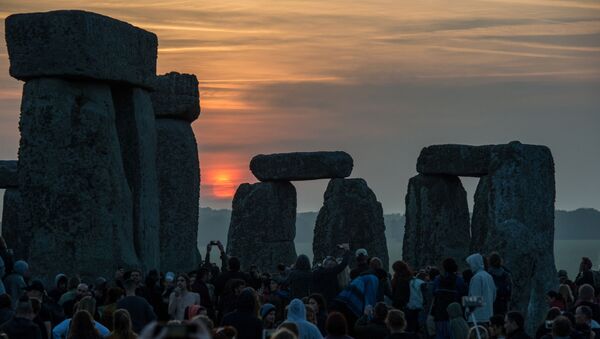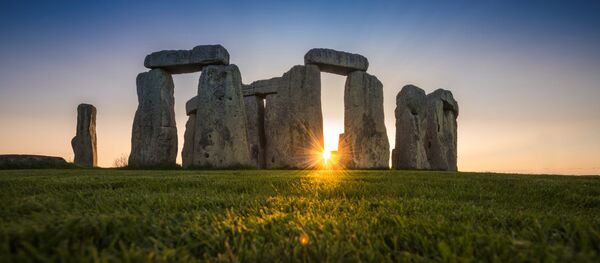Stonehenge is arguably the most famous of all the henges in the world, although, technically, the vast circular monument made of megaliths somewhere between 3,000 BC and 2,000 BC are not even a henge in the proper sense of the word, according to Rosemary Hill, a historian and author of Stonehenge (Profile Books and Harvard University Press, 2008).
The word “henge” is a relatively new term, first defined in 1932 by British archaeologist Thomas Kendrick as a circular bank with a ditch located inside it and usually several entrances stretching through the bank. However, Stonehenge, a prehistoric landmark in Wiltshire, England, “is the other way around, it’s a bank inside a ditch”, Hill told Live Science.
On top of it, most henges still wouldn’t have resembled Stonehenge because they were generally made of wood as this natural material, though more fragile than stone, is lighter and easier to cut and transport.
It was only in the 20th century that archaeologists realised that Britain had once had a collection of wooden henges, which have long since decayed.
There are similar thousands-old structures found elsewhere on the British Isles – in Ireland, for example, and well beyond – in France’s Brittany, not far from Berlin, and in the Evora District in Portugal.
Researchers have come up with loads of theories over the years as to what monuments such as Stonehenge were used for. Some suggested they served as sacred hunting grounds, locations housing astronomic calendars to determine time, or structures for sound amplification. Others assumed that henges, and Stonehenge in particular, were in actual fact cemeteries or even places for healing, with some claims supported by excavation.
“They've found [human] remains at Stonehenge, so that's strong evidence it was a burial site and it's orientated to the sunset during the winter solstice," Hill explained. "So I think you can say it's to do with the dead and the solstices. It's not unreasonable to think of it as a ritual site and there's no evidence of people eating or living there."
However, this isn’t the case with another landmark site - the Durrington Walls, just two miles (3.2km) from Stonehenge, where excavations have unearthed proof that people feasted there, apparently on pork among other dishes.
‘Bring Your Own Thing to It’
"Henges could have been used for different reasons, but I don't know and anyone who can tell you for sure is being overambitious," Hill said. "What henges do seem to have in common is that they don't seem to have been enclosed and they may have been gathering places."
But why so many of them? "The short answer is that I don't know and neither does anyone else," Hill answered, adding that despite there being no plausible answer to the question, there is nonetheless a bit of magic in this absence of knowledge.
"Stonehenge remains a mystery, and you can be a druid or an anthropologist or an archaeologist or a New Ager and you can bring your own thing to it," the researcher concluded.


